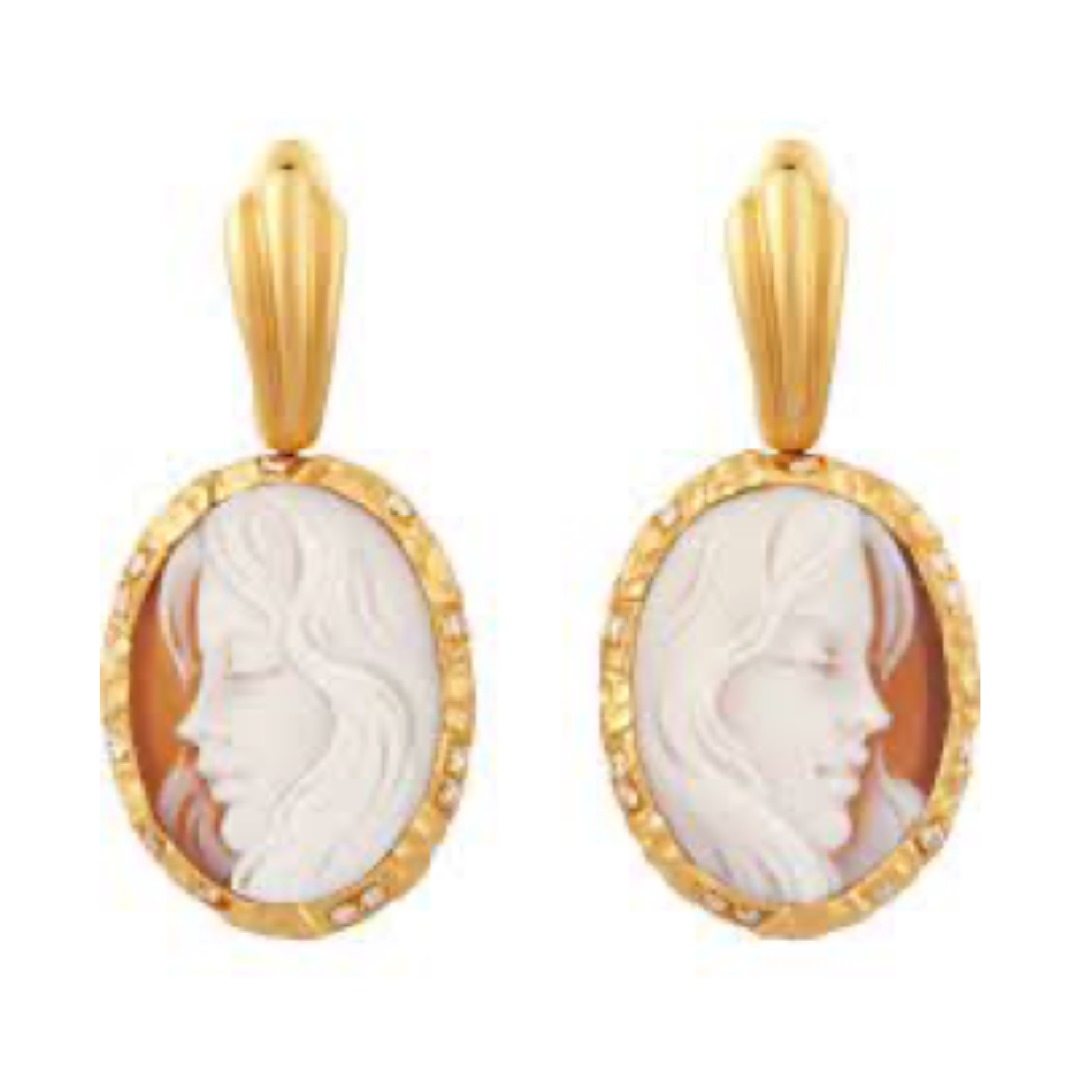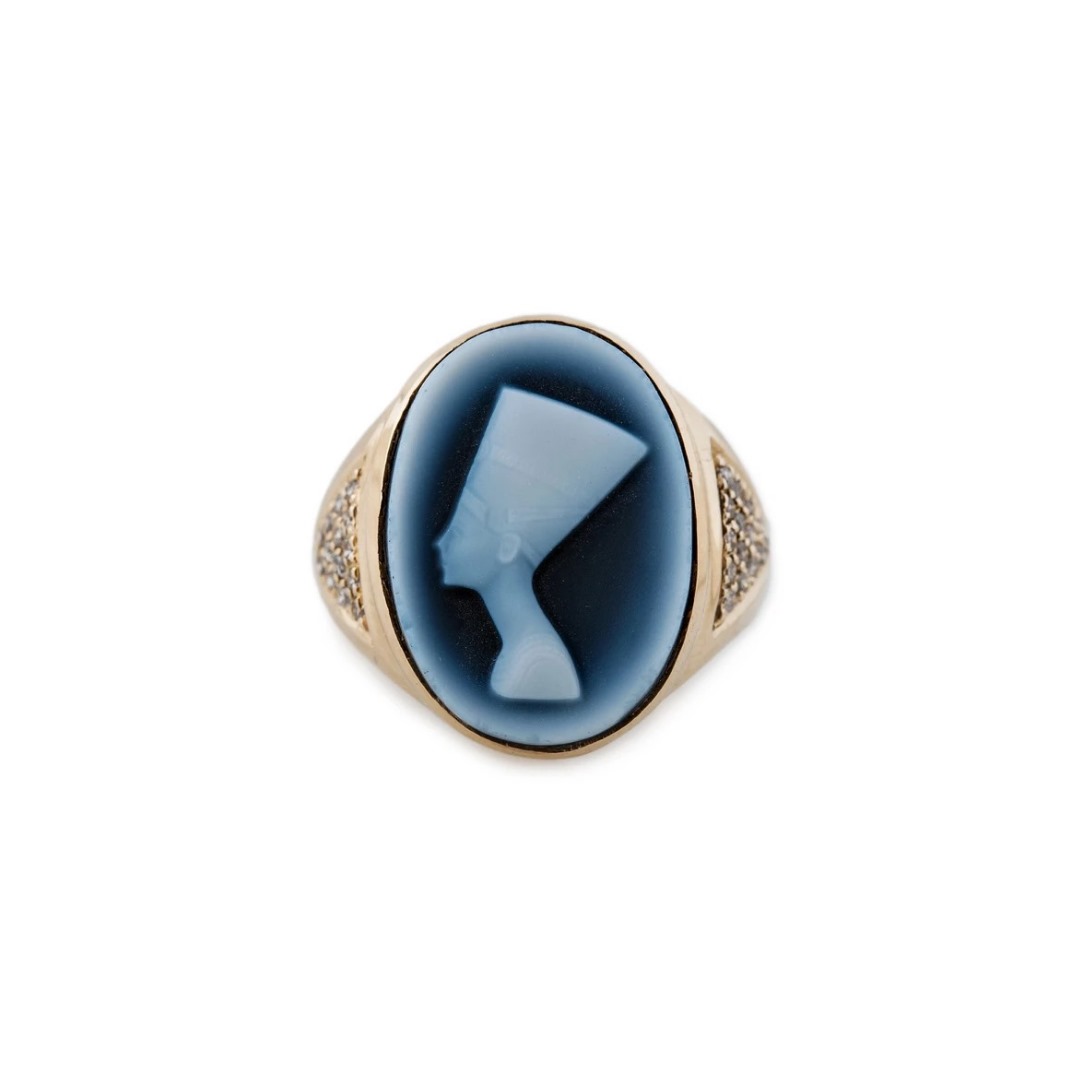This is an image for all the women that I have not met and that I have met.
This is an image of all the times that I have lived and that I will not live.
This is an image for all the women that I have loved and in whom I have seen myself reflected, but you have to know that you are the image that I cannot see myself without it.
Because you are the image that taught me the words, the life in the grass, and the wall of mirrors where my reflection ends.
You are the image of my wisdom that is not mine, you are the image of my doubt and you are the image of my reason.
You are the image of my determination, my sensitivity, and my illusion.
Finally, you are the image of the sun that is your heart that always warms me, that melts all the snow, and puts the first flowers in my spring.
Curated Assembling Related To This Perspective
As you can appreciate we have made a perspective around Cameos.
The term “cameo” usually refers to any raised carved relief of stone or shell, although molded glass versions have long been classified as cameos, as well, dating back to Ancient Rome. Although shell cameos are more prevalent, stones and gems preceded shells as the preferred carving medium. Hardstone (a broad term referring to many different kinds of semi-precious stones) was favored for its durability, however, it was considerably more difficult to carve. Stones such as agate and sardonyx provided the natural color variations that helped form the classic look of cameos – a white portrait over a darker background.
While the birthplace of the cameo was nearly 300 years before the birth of Christ in Alexandria, Egypt, cameos owe their origins to ancient carving traditions. As far back as 15,000 BC, petroglyphs as figures carved into rock were used to record significant events and communicate information. “The cameo, perhaps more than any other form of a jewel, has been appreciated as a work of art and an object of virtue since ancient times through to the Renaissance era and the Neo-classical period,” said Michele Rowan, owner of antique store Rowan & Rowan and author of “Nineteenth-Century Cameos.”
The Cameos before were the way how we carried the image of our loved ones before, today jewelry has taken them one step further and can represent symbols and archetypes (our favorite motive).
We have chosen these pieces as part of the proposal of what can be understood as a Cameo in a jewelry design in its full meaning.
We hope that you will enjoy the selection.
The following pieces are:

Wilfredo Rosado “Stare” Cameo Earrings.
Wilfredo Rosado-18k Yellow Gold “Stare” Cameo Earrings.

AMEDEO Sardonyx Shell Cameo Snake Ring
AMEDEO Hand Carved Sardonyx Shell Cameo Surrounded by White and Black Cubic Zirconia Featuring a Snake Ring.

AMEDEO Cameo Necklace
AMEDEO Hand Carved Sardonyx Shell Cameo Necklace.

Catherine Opie Cornelian Cameo
Cornelian cameo earrings set in 18k pink gold with light blue chalcedony and carnelian by Catherine Opie.

Jacquie Aiche Nefertiti Cameo Ring
Carved Agate Nefertiti Cameo Ring by Jacquie Aiche.
Ines Arenas Jewelry Gallery Says Thank You…
…for staying with us through the article: “From The Reflection to The Image”.
For us, jewelry is an art form where others might think that jewelry becomes art through how it is presented.
But we believe that is the mixture between presentation and content that makes jewelry an art form. One doesn’t happen without the other.
Jewelry is a representation of our history and beliefs in symbols that have changed with the time to express our personal beliefs regarding politics, sexuality, religion, family, and even social status, since the Roman Empire in western civilization.
Jewelry, thanks to the internet, is going to become a language, a vocabulary, a way to talk, understood around the world because any art is about connection including Jewelry.
This is Why We Present Jewelry As We Do It!
But You, “The viewer is the last stroke in any jewelry piece”.







